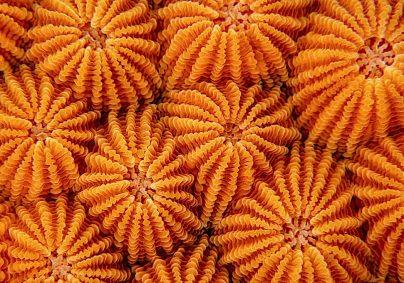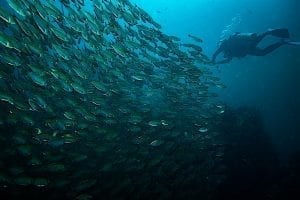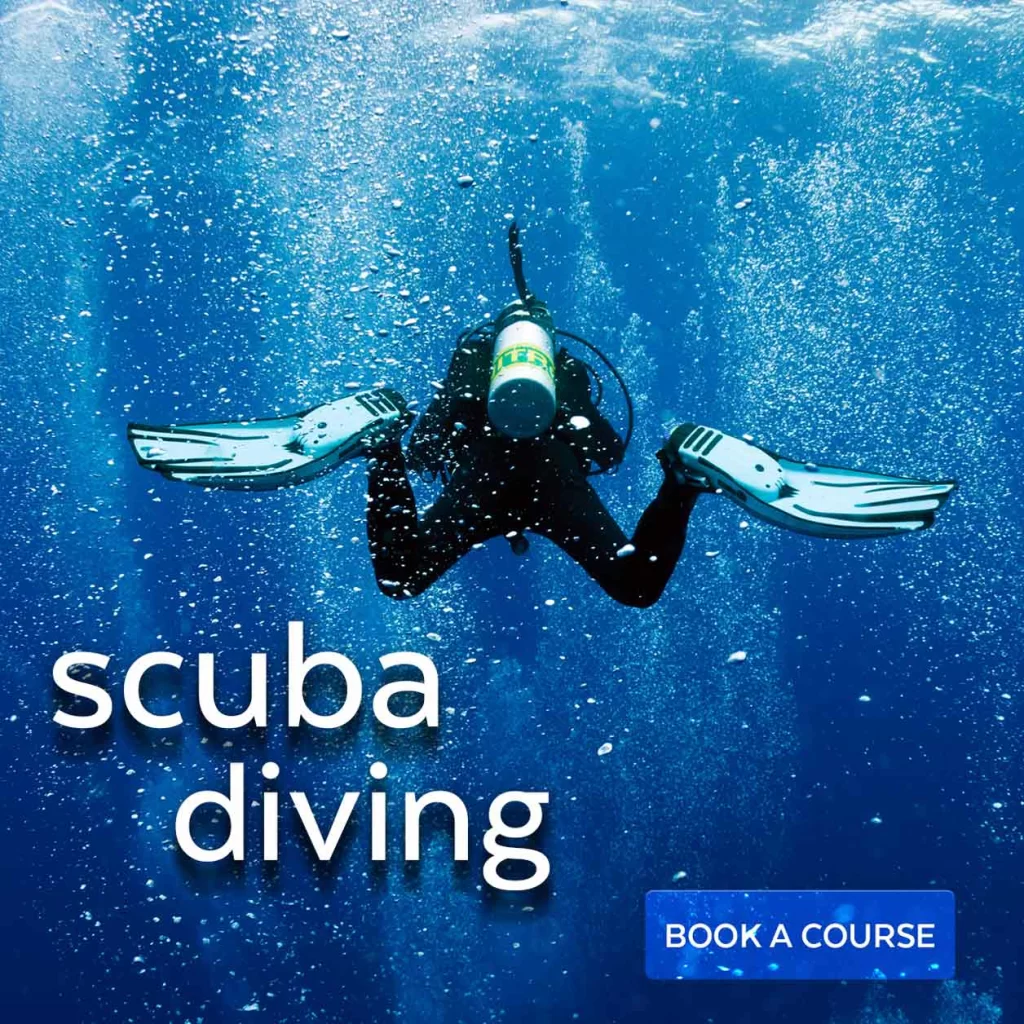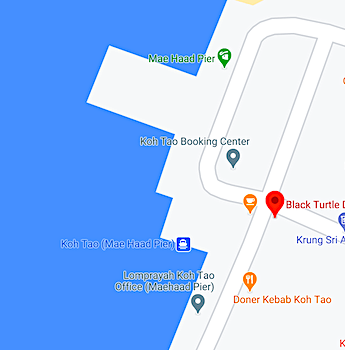Sidemount Diving on Koh Tao
Koh Tao offers scuba divers an abundance of dive sites, an amazing diversity of marine life and caters to the needs of every diver who wants to specialize their diver training.
A large proportion of visitors to Koh Tao, start their diving journey by taking the entry level diving courses to gain their first certification and go on to become advanced and rescue divers.
Many divers choose areas of specialty ranging from Deep, Wreck or Enriched Air Nitrox diving or they want to learn more about the marine ecosystems through Fish Identification, Underwater Naturalist and Marine Conservation training.
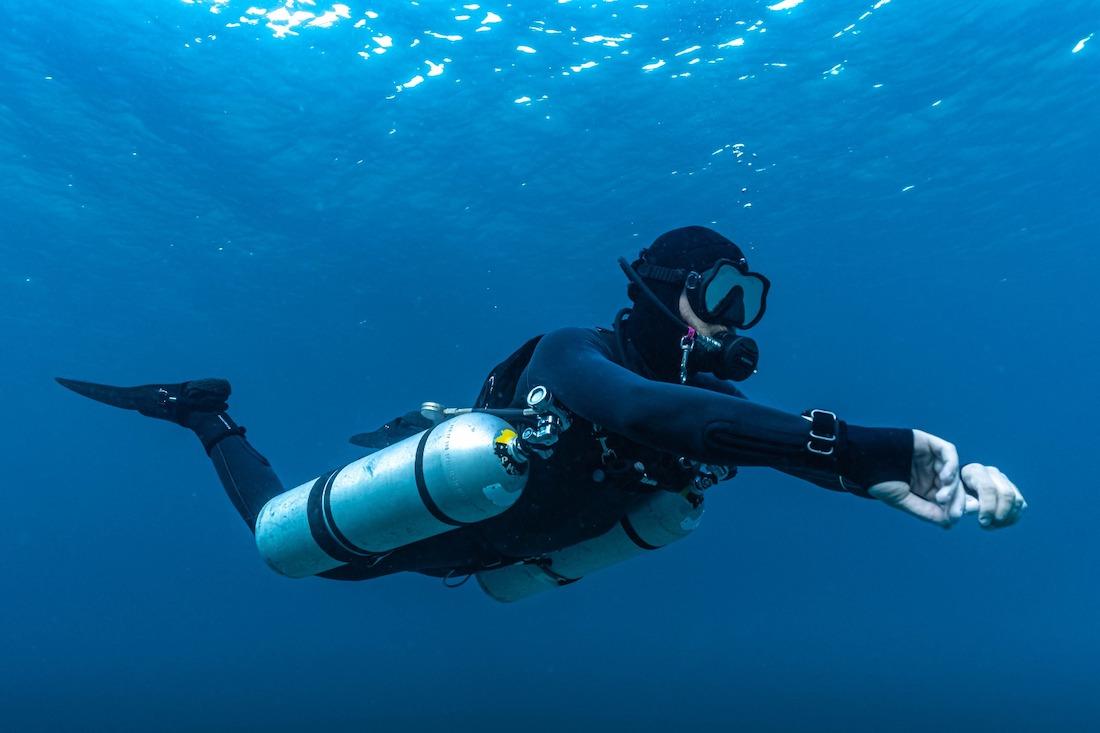
Change of Lifestyle
Aspiring professional divers who want a change of lifestyle or a career change, choose one of the many Divemaster and Diving Instructor Internships, so they can go on to work within the scuba diving industry around the world.
Whilst most traditional diver training courses focus on a single backmount tank configuration, Sidemount diver training has become incredibly popular and is one of the most sought-after diver training courses.
What is it that makes Sidemount diving an attractive alternative to a single tank backmount configuration and why has it become so popular?
Introduction to Sidemount diving
If you ask a Sidemount diver what they enjoy the most about diving sidemount, you will almost always get the same answer.
Freedom.
As scuba divers we all love the feeling of freedom.
Whether exploring long lost ship wrecks, underground cave systems or weightlessly drifting across diverse Coral reefs watching the underwater world go by, there is an incredible feeling of freedom experienced when we go diving.
As ocean explorers we enjoy the freedom of exploring and navigating in every direction of the amazing three-dimensional underwater world.
The sidemount system provides you with even more freedom as opposed to diving with a single tank backmount set up.
Diving sidemount will give you the ability to move around freely and flexibly.
You will also experience a greater range of movements, more mobility, movability and a greater degree of comfort when diving sidemount.
Sidemount Diving is popular
Traditionally this type of diving was contained inside the realm of technical, wreck and cave divers and as its popularity grew, many recreational divers have chosen to switch to a two-tank configuration.
Sidemount diving has become incredibly popular within recreational diving circles and is continuing to gain momentum.
As a scuba diver with a passion for the underwater world, why should your next scuba diving trip be spent training to become a Sidemount Diver?
Read our top 6 reasons why we believe you should take the plunge and join the ever-growing Sidemount diver club.
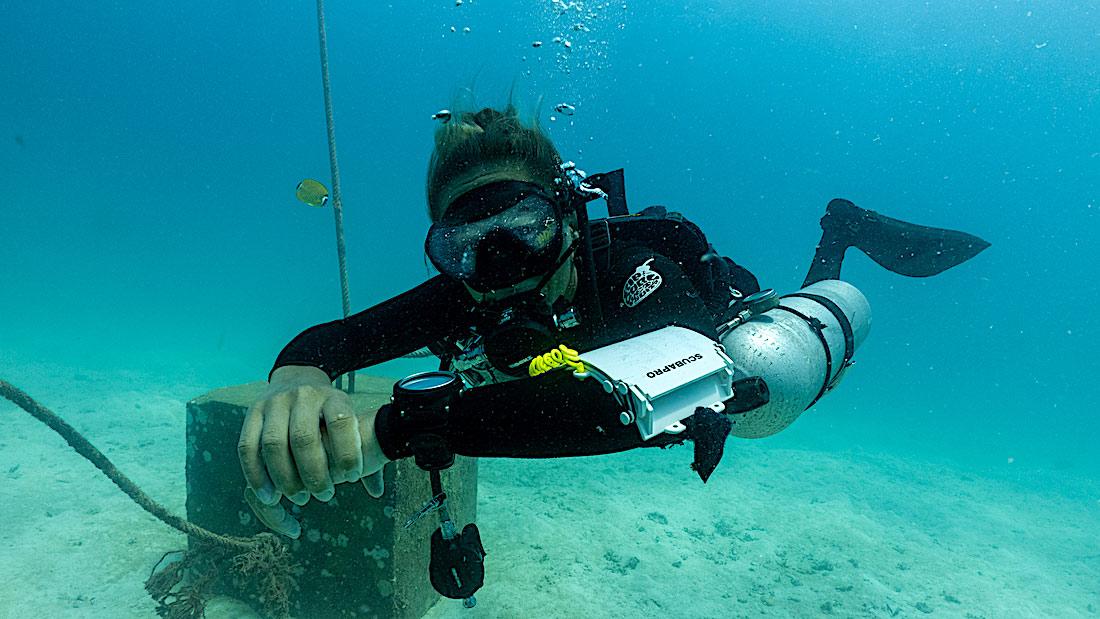
1. Become more Streamlined as a Sidemount Diver
Water is 800 times denser than air and as a result it requires more energy to move through it.
In order to reduce the amount of energy we expend while moving through the water, we must move in a more efficient manner.
One of the ways we do this is by reducing the drag by streamlining our bodies and equipment in a way that will provide the least resistance to the flow of water.
This will increase your ease of movement.
The larger your surface area, the more drag you will experience and the more energy you will use moving through the water.
This in turn will increase your air consumption and potentially cause added stress in a current or at depth.
Sidemounting your cylinders in alignment with your body and the direction you are travelling makes propulsion easier, expends less energy and results in a more relaxed and comfortable diving experience
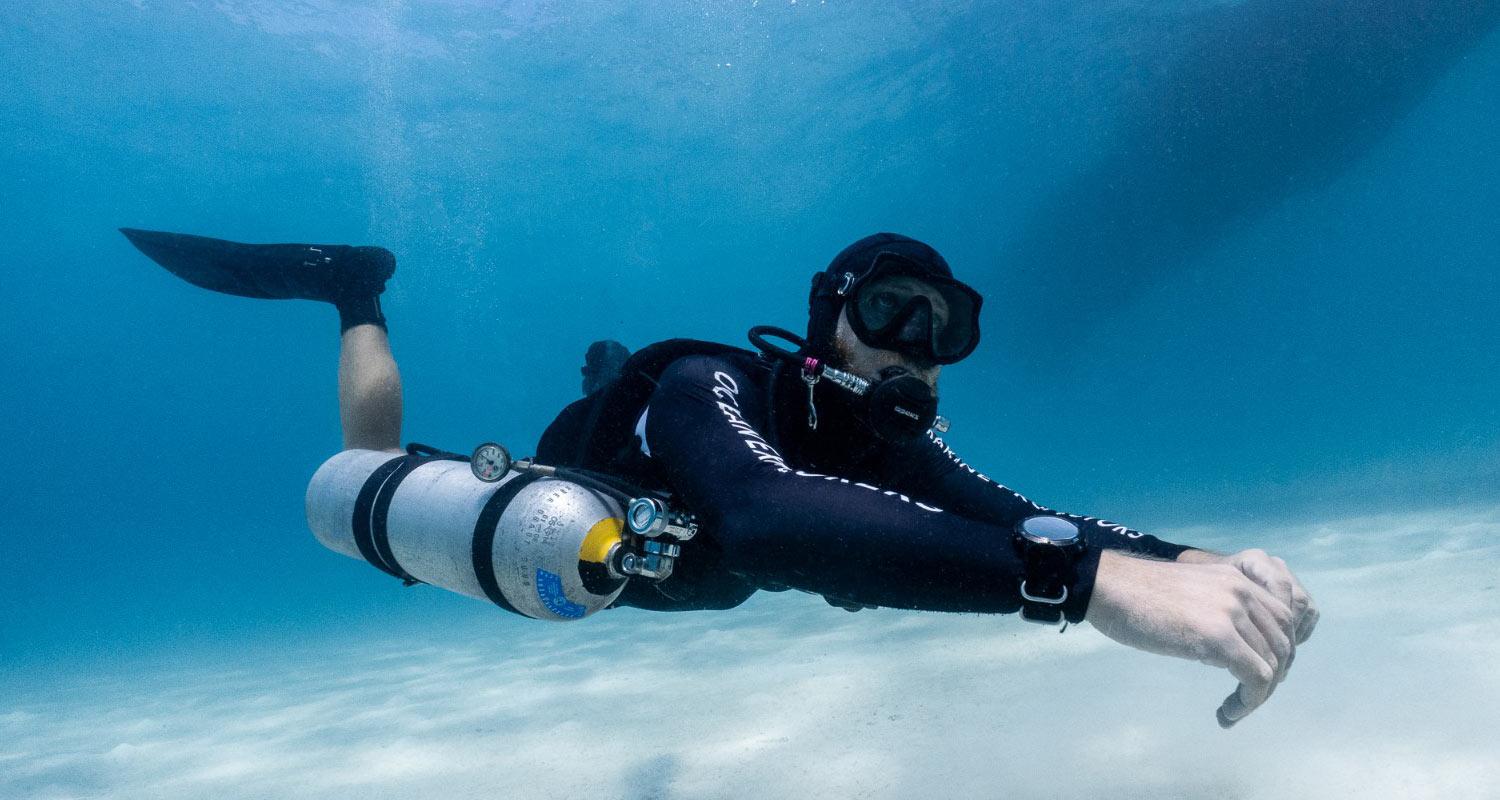
2. Finding proper Trim as a Sidemount Diver
Trim is the orientation of a diver’s body when swimming underwater and is also a basic skill required in order to move efficiently underwater.
Achieving good trim requires correct weighting, positioning, distribution of those weights and the correct amount of air in your Buoyancy Control Device (BCD).
Although trim can be achieved in a backmount configuration, many divers lack the awareness and training to attain the correct position.
Sidemount Diver Trim
Unfortunately, we see too many divers with incorrect trim and consequently they struggle to make invaluable progress with their diver training.
Enter Sidemount. This type of configuration can allow a far easier transition into a horizontal body position.
This is mainly due to the effects of having one cylinder on each side of your body where they are more closely aligned with your center of gravity and balance.
With the valves and first stages just below the armpits and all other elements correctly adjusted, the cylinder will run precisely along the side centre line of the diver’s torso.
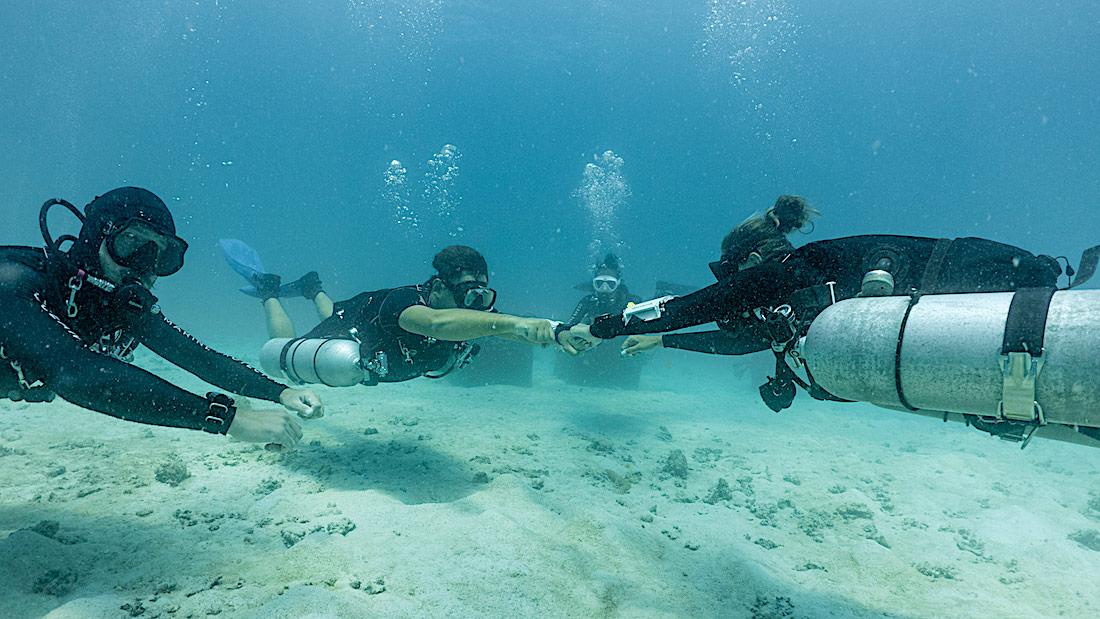
3. Easier Balance & Stability as a Sidemount Diver
Sidemounted gas cylinders are positioned on either side of your upper body, running from under your arm down to the middle of your thigh.
This puts your center of gravity and buoyancy close to the center of your body resulting in you being balanced underwater.
To maintain balance during your dive you will learn to continually switch from your left cylinder to your right so you can keep the air/weight ratio equal in each tank.
This is easily done by monitoring tank pressure and switching regulators on a continuous basis, which will ensure you have a similar amount of air in each tank to help keep you balanced.
Sidemount Diver Balance
You can also maneuver into different positions with ease; whether turning onto either side, inverting yourself or moving into an upright position, you will remain stable in the water.
Performing turns like this when diving backmount creates a force that pushes you further in the direction you are rotating towards.
As this configuration lacks the balance that a sidemount set up has to offer, it may be difficult to control this momentum.
The stability sidemount gives you is excellent for completing underwater tasks, such as; an underwater search, swimming through overhead environments, or holding your position at depth whilst completing a safety or decompression stop.
Although this type of steadiness in the water can be achieved through excellent training and experience; it is easier to develop and improve it with a sidemount configuration.
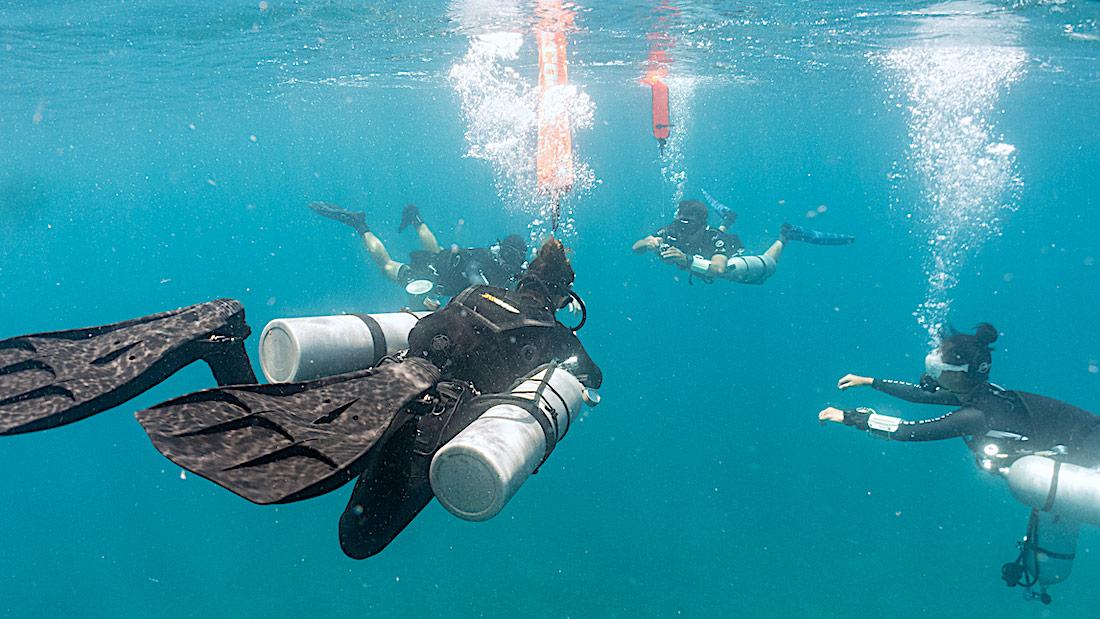
4. More Comfort as a Sidemount Diver
One of the great benefits of diving sidemount is how much more comfortable it is than diving backmount.
Sidemount harnesses can be adjusted to you personally. By allowing you to fine tune your equipment, you can easily enhance your body positioning, trim and your streamline.
Having the cylinders clipped to either side of your body relieves additional weight and strain on your back, which is an added benefit if you suffer from upper or lower back pain.
Sidemount configurations are much easier for divers with back or shoulder problems or disabilities that limit their movement or prohibit load bearing activities.
Sidemount Diver Comfort
Since you can effortlessly clip side mounted cylinders on and off in water, you reduce the amount of weight you are carrying when getting in and out of the water.
This is also the same when it comes to equipment transport. Most people find it easier to carry and wear two small cylinders instead of one large cylinder.
If you are a photographer, you can appreciate the extra maneuverability that sidemount has to offer when it comes to head movement. You can easily look in all directions without a manifold getting in the way.
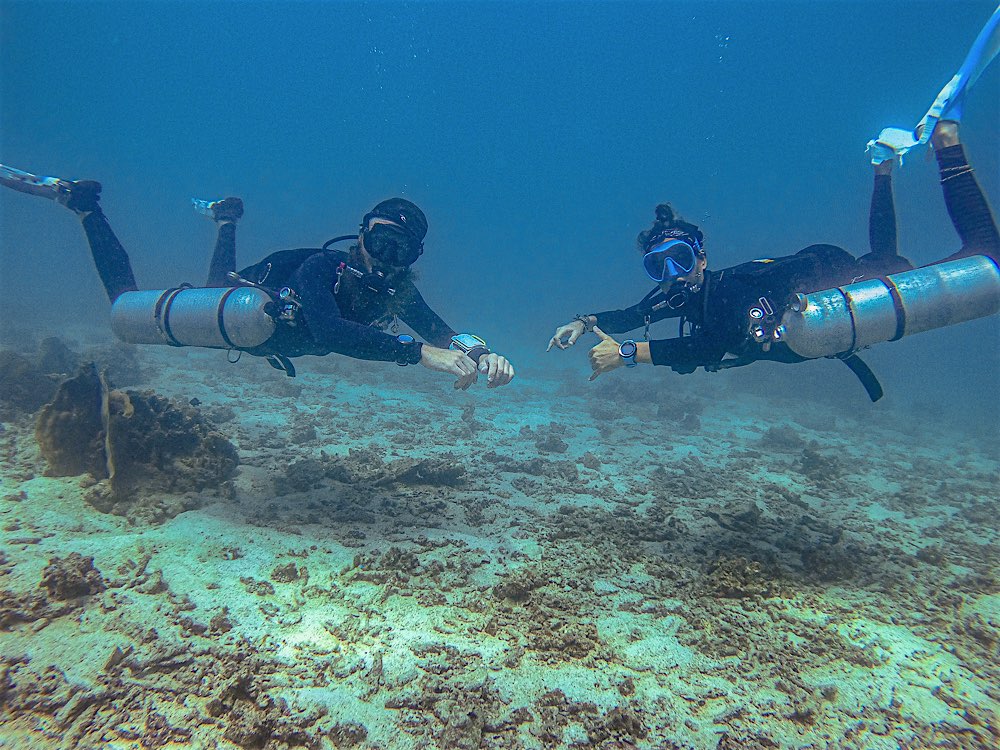
5. Self-sufficiency as a Sidemount Diver
Sidemount configurations give the diver easy access to the valves as they are positioned in front of the diver where they are clear to see. This means any kind of problem can be easily identified and isolated.
Gas shutdowns are straight forward and any first stage valve leaks are easy to detect.
This allows you as a diver to be self-sufficient when it comes to problem solving.
Handling underwater situations can be much more difficult while diving backmount, as the valves and first stage behind your head are completely out of view.
Sidemount also provides two completely independent air sources, which means that you are your own buddy and can resolve out of air situations on your own.
Of course, this is no substitute for proper gas planning and gas management, which brings us to our next point.
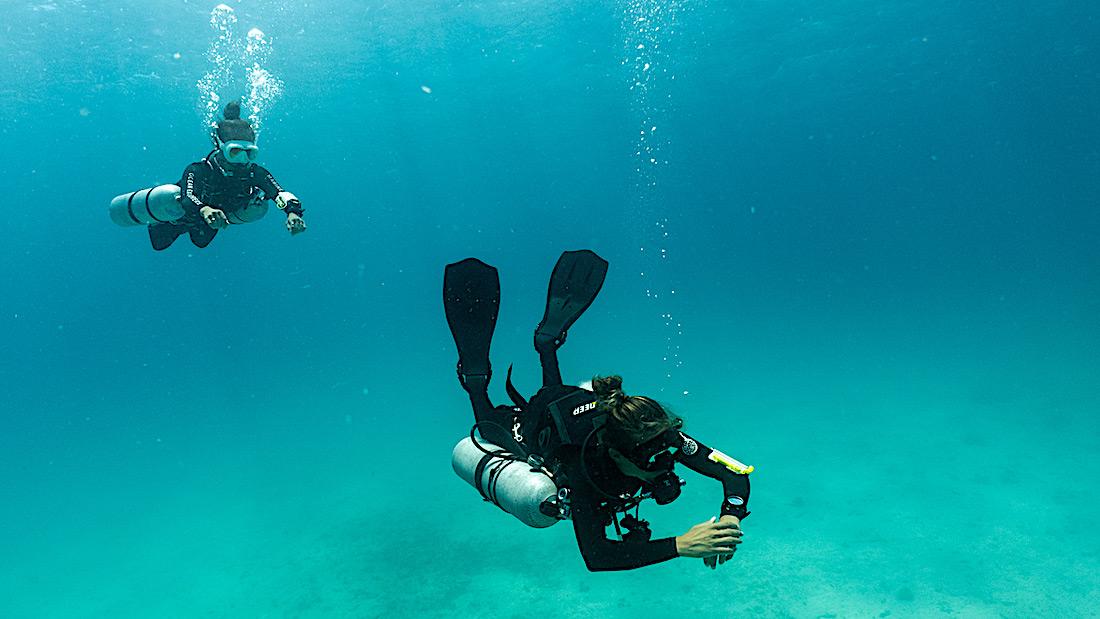
6. Increased Gas Supply & Redundancy as a Sidemount Diver
Diving with two tanks instead of one means you have twice as much gas diving sidemount, as opposed to diving with a traditional backmount set up.
This means you can get much more out of your dives, especially at deeper dive sites such as Chumphon Pinnacles or Sail Rock.
Using Enriched Air Nitrox on a single tank normally means you are running out of air long before you are approaching your No Decompression Limit (NDL).
However, diving Sidemount with Enriched Air Nitrox allows you to enjoy more dive time and extend bottom time safely, without the need to finish the dive due to being low on air.
Benefits of becoming a Sidemount Diver
As well as the additional freedom and flexibility, diving Sidemount offers divers a number of other benefits you do not have with backmount diving.
You can become a Sidemount diver in conjunction with the Open Water course, as part of the Advanced Open Water course or as a separate Specialty course.
Sidemount diving does not require specialized cylinders meaning dive operators all over the world will be able to cater for well-trained Sidemount divers with their own rig.
However, diving with a Sidemount set up is more than simply attaching two cylinders to the side of your body and entering the water.
There are lots of moving parts that require adjustments at the start of your dive and throughout the dive.
Understanding how all these parts work together and possessing a willingness to experiment, make (often minor) adjustments to your configuration after your course, is all part of being a competent Sidemount diver.
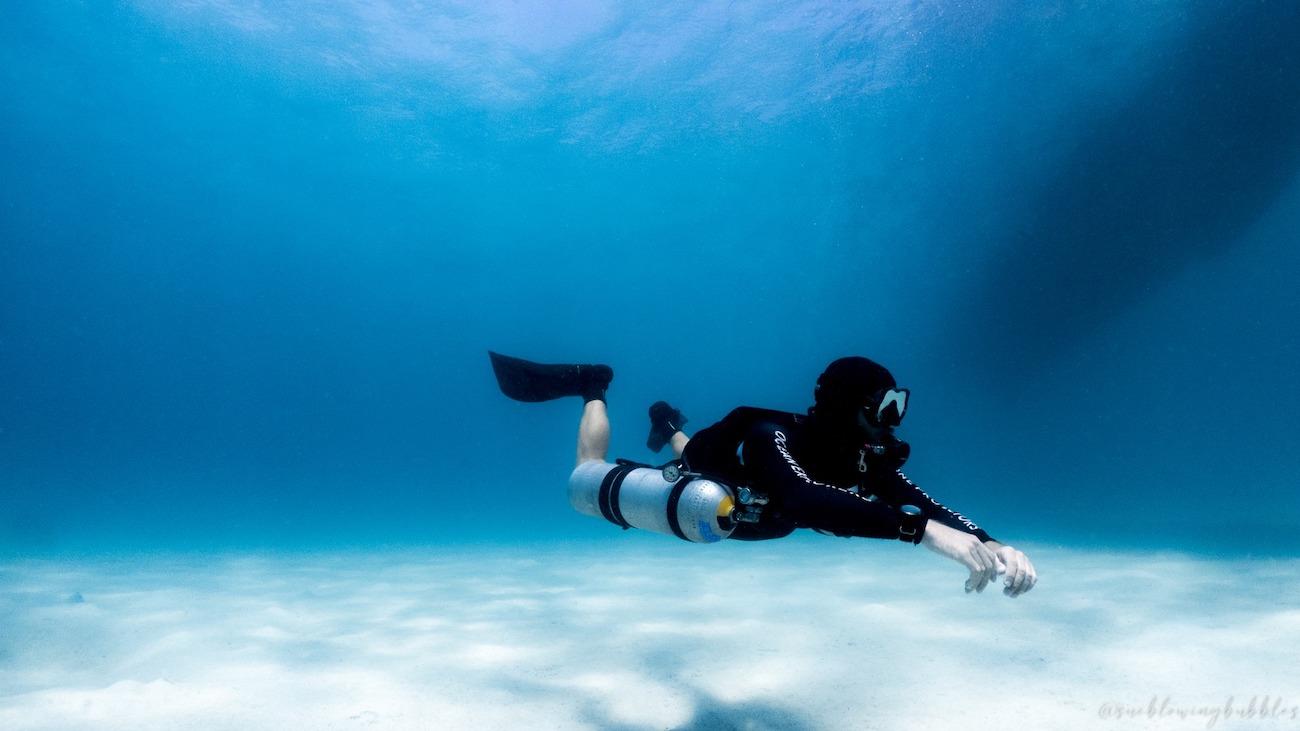
Sidemount Diver Specialty course
Like all our specialty courses, we aim to educate our students to the highest training standards, so they can become a more confident diver using the knowledge learned throughout our course.
Our Sidemount specialty course is designed to increase your awareness of the different equipment configurations available so you can get the most out of your diving experiences.
Koh Tao is the perfect location to learn how to dive on a Sidemount configuration.
Exploring Koh Tao as a Sidemount Diver
After performing drills and mastering the skills at one of our beautiful sandy bays and gaining a certification, you can explore any of the dive sites in comfort and with ease.
The diverse underwater topography around Koh Tao, offers Sidemount divers an extensive range of dive sites to choose from.
Explore our outlying deep rock pinnacles, our expansive bays that are rich in Coral reefs or you can cruise around our local sunken wrecks.
Our Sidemount diver specialty course is designed by divers for divers, so you can become a more knowledgeable and proficient diver.
What are you waiting for?
